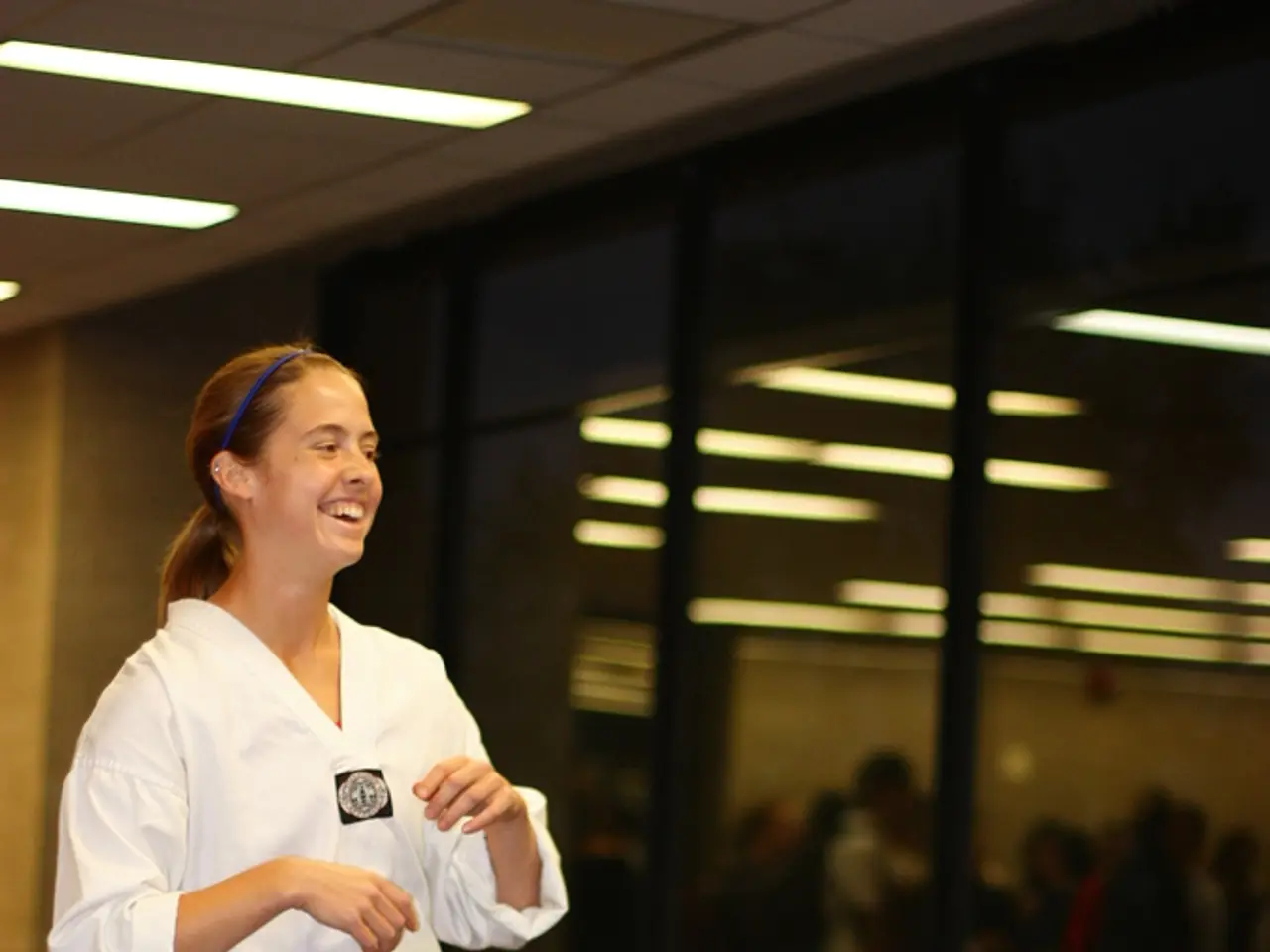To Instruct Circuit Training Classes in the UK, Required Qualifications
Starting a career as a circuit training instructor can be an exciting and rewarding journey. This article will guide you through the steps to become a certified circuit training instructor and build a successful personal training business.
Essential Qualifications
The most important qualification to become a circuit instructor is a Level 2 in Gym Instructing. This forms the foundation of any further qualifications or specialisations and is an essential certification for anybody who wants to start a career in the fitness industry. Completing a Level 3 personal training qualification is often necessary, even if you're only interested in running group classes. Having a level 3 qualification is now a stipulation for working in most reputable gyms.
Specializing in Circuit Training
Completing a CPD course in circuit training or gaining experience by conducting circuit training classes as part of a general group fitness instructor role can help in specializing in circuit training. Offering circuit training classes and 1-1 programs allows a personal trainer to cater to a variety of demographics and increase their client base.
Certification Process
Many certifying bodies require you to first be a qualified fitness professional, which typically means having certification or licensure in personal training or group fitness from recognized organizations such as ACE, NASM, ACSM, or similar. Completing specific certifications or courses focused on circuit training or group fitness instruction is often necessary.
Typical certification processes include passing written and practical assessments to ensure competency in instructing and client safety. Some programs recommend or require prior education in exercise science, kinesiology, or a related field to deepen your knowledge of anatomy, physiology, and safe exercise prescription.
The Typical Pathway
The typical pathway involves obtaining prerequisite fitness certification, completing a circuit training specialty course or group fitness instructor certification, and passing written and practical assessments.
Work Environments
Once you've got the right qualifications, you'll have to consider what environment you want to work in. You can choose to work in a gym, be freelance, or work independently with private clients. Working on a freelance basis as a personal trainer allows for flexibility, such as choosing how many hours to work and the ability to work at multiple gyms.
Revenue Streams
Offering circuit training classes and 1-1 programs allows a personal trainer to double their revenue streams. By teaching circuit classes as well as creating 1-1 circuit programs for individual clients, a personal trainer can increase their potential income. Offering online circuit training classes and recorded classes as part of a package can generate a significant amount of revenue.
Additional Services
Offering nutritional advice as well as circuit training services allows a personal trainer to charge more for the extent of their services and keep clients for longer. Getting a Level 4 Advanced Sports Nutrition qualification allows a personal trainer to offer bespoke meal plans based on a client's exercise goals.
Building a Client Base
When working as a freelancer, a personal trainer can build a client base more quickly by working out of a particular facility and building rapport with people. Working in a gym as a fitness instructor may require additional duties such as cleaning equipment, reporting any faults or risks, ensuring equipment is put away properly, doing gym inductions, and fulfilling some administrative duties.
Salary Expectations
The average salary for a group fitness instructor in the UK is £11.79 per hour, with rates ranging from around £7 to £15. However, these averages can be affected by factors such as location, experience, and whether the instructor is employed, freelance, or runs their own business. The salary for a personal trainer in the UK is between £26,000 and £27,000 on average, according to Indeed. However, like group fitness instructor salaries, personal trainer salaries can be affected by factors such as location, experience, and whether the trainer is employed, freelance, or runs their own business.
Starting a Personal Training Business
Starting a personal training business as a circuit trainer allows for the highest earning potential as the trainer is in control of the finances and identity of the company. Not having to buy equipment is one of the perks of working as a freelance personal trainer. Offering the full package of nutritional advice, circuit training, and longer-term health goals allows a personal trainer to charge more for their services and keep clients for longer.
Going Online
Taking a personal training business online allows a personal trainer to access a new pool of clients and increase their income. Offering online circuit training classes and recorded classes as part of a package allows a personal trainer to keep clients for longer and increase their income.
For more information on qualifications and potential paths to becoming a circuit instructor, download OriGym's free prospectus.
- To start a career as a circuit training instructor, a Level 2 Gym Instructing certification is essential, and a Level 3 personal training qualification is often necessary.
- Specializing in circuit training can be achieved by completing a CPD course or gaining experience through conducting circuit training classes as part of a general group fitness instructor role.
- Many certifying bodies require fitness professionals to hold certifications from recognized organizations like ACE, NASM, ACSM, and similar before enrolling in circuit training specialty courses.
- The certification process usually involves passing written and practical assessments to ensure competency in instructing and client safety, with some programs recommending prior education in exercise science, kinesiology, or a related field.
- Offering circuit training classes, 1-1 programs, nutritional advice, and online classes can help personal trainers increase revenue and attract a variety of clients.
- A personal training business can provide the highest earning potential as the trainer controls the finances and identity, with the option to go online to access a larger client base and generate additional income.




